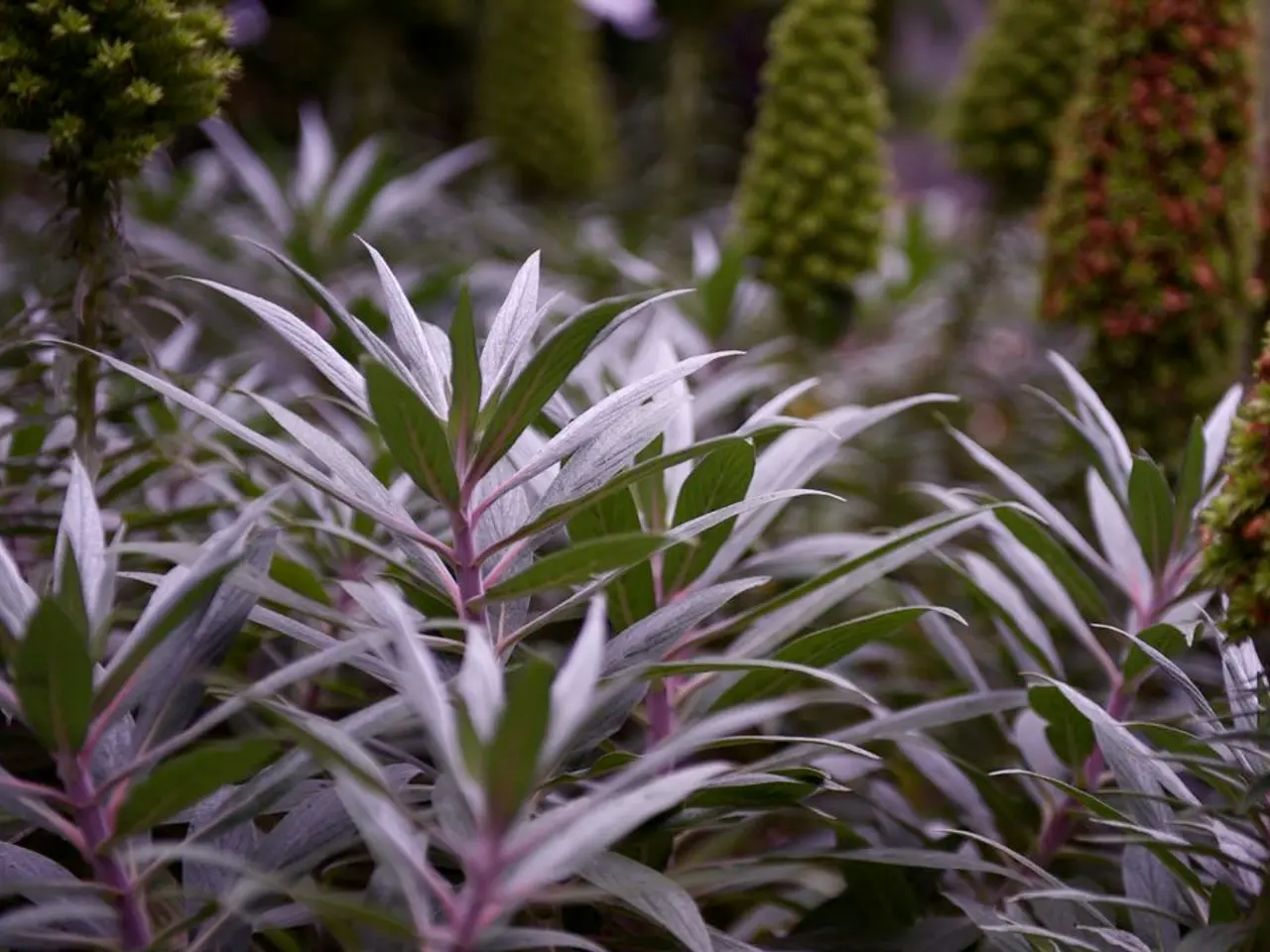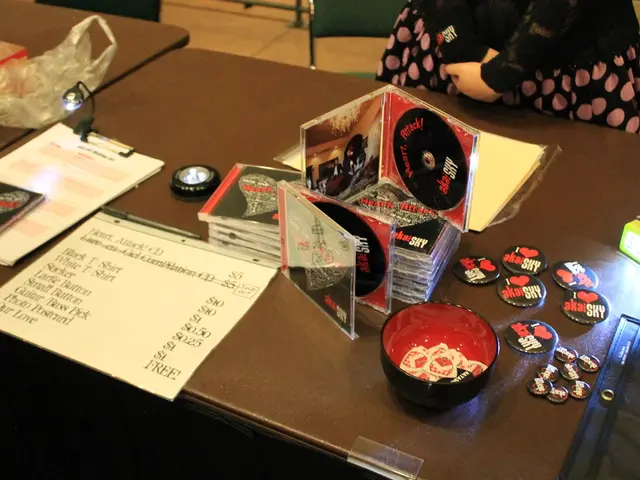Tips for Growing and Propagating Swedish Ivy
In the world of houseplants, Swedish ivy is a popular choice, known for its lush foliage and easy-to-care-for nature. Here's a guide on how to propagate Swedish ivy from stem cuttings, whether in water or soil.
To begin, take a healthy stem cutting that is about 4 to 6 inches long, ensuring it includes at least one leaf node. Remove the lower leaves to expose the node where roots will grow.
If you're opting for water propagation, place the cutting in a jar of water, making sure the exposed node is submerged. Keep the jar in bright, indirect light. Roots typically develop within 1 to 2 weeks. Once roots are established, transplant the cutting into a pot with well-draining soil.
Alternatively, for soil propagation, plant the prepared cutting directly into moist, well-draining potting soil. Keep the soil consistently moist but not soggy, and place the pot in bright, indirect light until new growth appears.
Swedish ivy thrives in bright, indirect light, which encourages healthy root development and vibrant foliage. Avoid direct sunlight, as it can scorch the leaves.
This method is reliable for Plectranthus oertendahlii (Emerald Lace Swedish Ivy) and Plectranthus verticillatus (commonly called Swedish ivy). It's essential to sterilize scissors or pruners in rubbing alcohol before taking the cuttings and to wash hands or wear disposable gloves during the process.
When rooting Swedish ivy in water, fill a planting container with clean, room-temperature water. Change the water every three to four days, or sooner if it becomes cloudy. To sterilize the cutting before rooting in water, use a solution of one part bleach to nine parts water.
For soil propagation, sterilize a small flowerpot using a bleach and water solution. After sterilizing, rinse the cutting thoroughly and allow it to air dry before planting.
Swedish ivy can be propagated reliably in either water or potting soil. Place the container in a warm location with bright, filtered light or indirect sunlight. The small blue, purple, or white flowers appear on up to 8-in.-long clusters at any time during the year.
Remember, the best time to take stem cuttings for propagation is in spring or fall. The plant has dark green or purple semisucculent branches that hold smooth, 1 1/2-in.-wide oval to round leaves with toothed edges.
Lastly, it's important to note that Swedish ivy, scientifically known as Plectranthus verticillatus, is native to South Africa, not Sweden. The Plectranthus genus consists of approximately 350 species, part of the mint family (Lamiaceae).
Swedish ivy thrives in USDA plant hardiness zones 10 and 11, making it a frost-tender perennial that thrives as a houseplant and hanging plant in sheltered gardens. Rooting Swedish ivy in water is effective and visually appealing, as roots begin to grow. If any leaves are below water level, remove the cutting, pinch off the leaves, and reinsert.
With these steps, you're on your way to propagating Swedish ivy and growing your own lush, vibrant plant. Happy gardening!
Read also:
- Benadryl: Impact on Pregnancy, Breastfeeding, and Beyond
- Affordable Luxury and Economy Converge in the 2025 Lexus LBX: Compact luxury car unites budget-friendly pricing, efficiency
- Company manufacturing Plumpy'Nut is thrilled beyond belief!
- Enhancements to Networking in Senior Care, Fedding Positive Experiences for Service Providers and Elderly Residents







